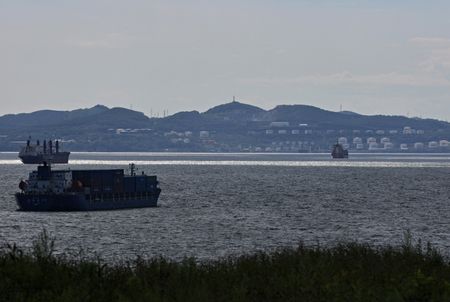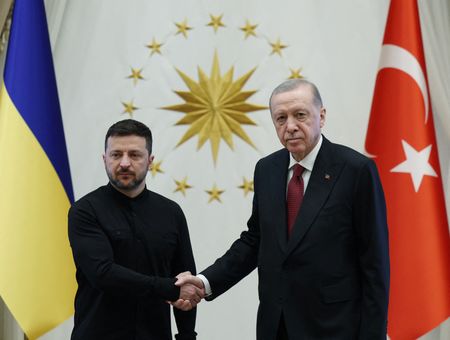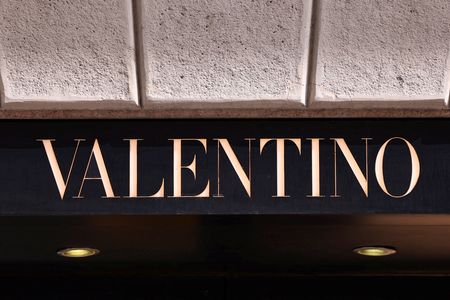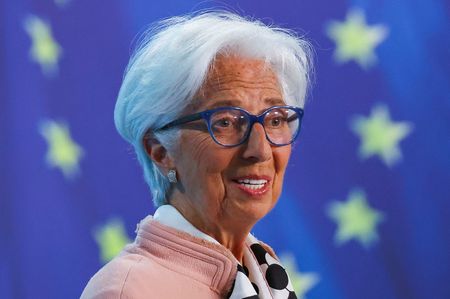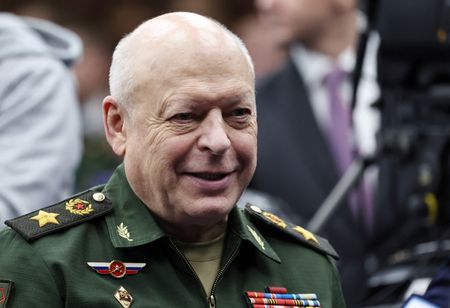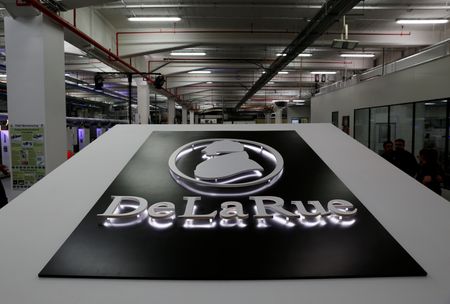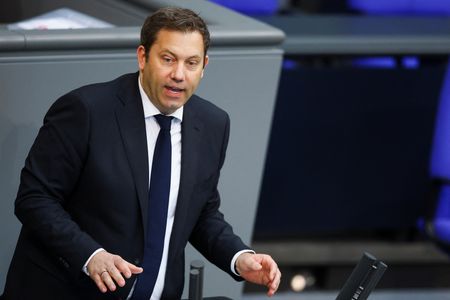By Jesus Calero, Agnieszka Olenska and Anne Kauranen
(Reuters) – Western sanctions imposed on Russia for invading Ukraine and aimed at cutting its oil revenues have led to the rise of a vast “shadow fleet” of tankers helping Moscow keep its crude exports flowing.
Here are some key points about these unregulated vessels.
WHY IS THIS FLEET IN THE NEWS?
Estonia on Tuesday tried to stop an oil tanker, which the UK sanctioned last week, for sailing without a flag against maritime rules, in international waters between Estonia and Finland in the Baltic Sea, prompting Moscow to send a fighter jet to circle around it.
The UK ordered fresh sanctions last week against up to 100 oil tankers that form “a core part of (Russian President Vladimir) Putin’s shadow fleet operation”, it said, while the EU Commission made a similar proposal against 100 vessels, on top of 153 it had sanctioned previously.
The U.S. has also imposed multiple rounds of sanctions against the tankers that transport Russian oil.
AGEING VESSELS
There are hundreds of ageing tankers in the so-called shadow fleet, which transport Russian oil.
The vessels typically have opaque ownership structures and sail without top-tier Western insurance or safety certification cover, and they often have unknown insurers or assessors of vessel seaworthiness – both required for ocean-going commercial ships, shipping and insurance industry sources familiar with the matter have said.
Many of these tankers sail across the Baltic Sea and move oil through the Gulf of Finland, a critical route for Russia’s energy exports.
NATO and EU regulators say they are monitoring the fleet as new sanctions target vessels already blacklisted for skirting price caps or aiding Moscow’s war effort in Ukraine.
A dozen Western countries – Britain, Germany, Poland, the Netherlands, five Nordic nations and the three Baltic states – agreed in December to “disrupt and deter” Russia’s shadow fleet in response to several unexplained cable cuts and undersea incidents around critical infrastructure in the Baltic Sea.
Britain, Denmark, Sweden, Poland, Finland and Estonia say they are inspecting vessel insurance documents in the Channel, the Danish Straits, the Gulf of Finland, and the strait between Sweden and Denmark.
HOW DOES THE SHADOW FLEET OPERATE?
The shadow fleet uses tactics like ship-to-ship transfers in international waters, where monitoring from port control authorities is weaker, and falsification, including fake ship identification numbers, spoofed location data, and using flag countries with lower oversight, Lloyd’s List Intelligence and Finland’s Coast Guard have said.
Additionally, most of the tankers are owned by shell companies in jurisdictions such as Dubai, with rapid buying and selling by anonymous or newly formed firms, further complicating accountability.
The fleet consists mostly of outdated tankers relying on non-Western or even fake insurance, according to Norwegian authorities, raising concerns about maintenance, environmental risks and safety standards.
WHO’S CASHING IN AND WHAT’S BEING DONE?
Russia is the primary beneficiary, maintaining oil exports despite Western sanctions, ensuring steady revenue for its war in Ukraine, the UK and France have said.
China and India, now the largest buyers of Russian crude, benefit from steep discounts, often purchasing oil well below the Western-imposed $60 per barrel price cap, according to shipping and port loading data.
If ships use Western services such as insurance, financing or ports, they must prove compliance with this limit. But monitoring compliance is challenging.
Some tankers have lost coverage after suspected sanctions violations, but many continue operating with alternative insurers or jurisdictions willing to take the risk.
New vessels frequently replace those that are blacklisted, and the shadow fleet continues to grow.
More Russian insurers are emerging to provide alternative cover for Russian oil shipments, documents show.
It is unclear how a claims payout for any oil spill would work given there are also banking sanctions, Western insurance sources say.
Rising global oil prices have allowed Russia to offset the effects of the price cap, and the shadow fleet continues to operate with minimal disruption.
WHAT ARE THE RISKS?
The shadow fleet may pose environmental risks, with poorly regulated, ageing tankers prone to spills, mechanical failures, and leaks, threatening marine ecosystems.
Last December, Russian authorities worked to contain oil spilled in the Kerch Strait from two 50-year-old tankers that were damaged during a heavy weekend storm.
The spill could become one of the largest environmental disasters to affect the region in recent years, although the scale of possible insurance claims was not immediately clear.
(Reporting by Jesus Calero, Agnieszka Olenska, Anne Kauranen and Jonathan Saul; Editing by Hugh Lawson)

